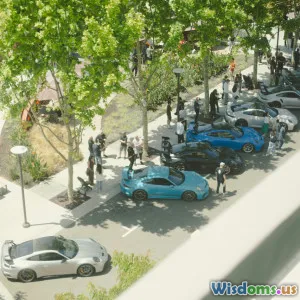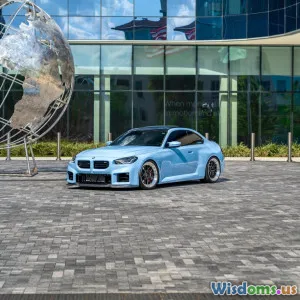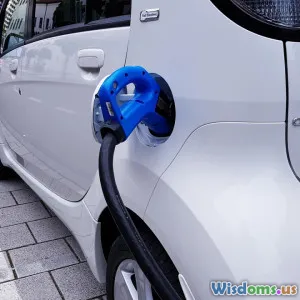
Are Electric Powertrains Ready for Long Distance Travel?
15 min read Explore whether electric powertrains are equipped for reliable long-distance travel, examining advancements, infrastructure, and real-world performance. (0 Reviews)
Are Electric Powertrains Ready for Long Distance Travel?
The world stands at a crossroads in the evolution of personal and commercial mobility. Electric vehicles (EVs) have accelerated from being mere curiosities or stylish city runabouts into a global industrial wave challenging the supremacy of gasoline- and diesel-powered transport. But as more travelers contemplate cross-country adventures or long-haul commutes, the lingering question lingers: Are electric powertrains truly ready for long-distance travel? Let's unpack the state of technology, infrastructure, and user experience—and see how electrification stands up to the rigors of the open road.
The Evolution of Electric Powertrains: More Than Just Batteries
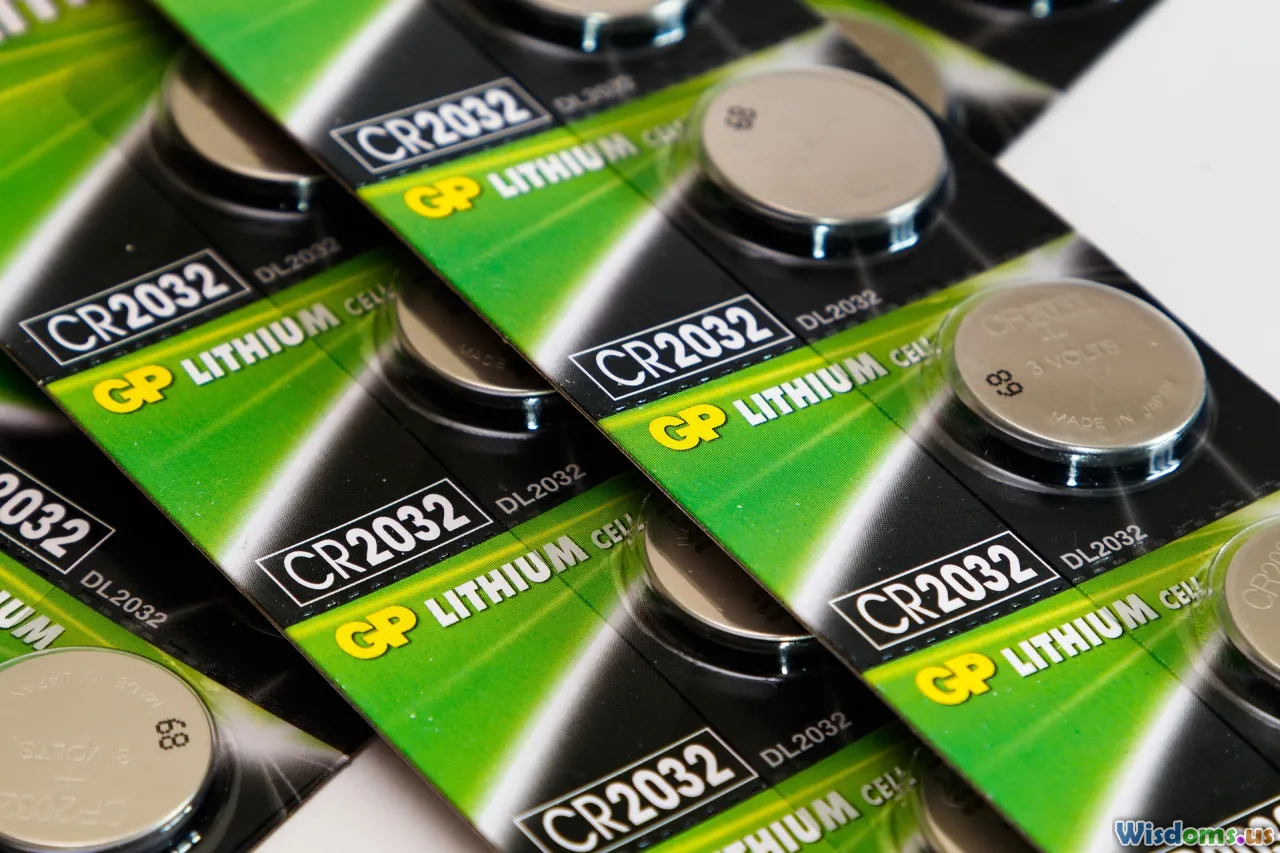
Early electric vehicles suffered from sluggish performance, paltry range, and the pervasive anxiety of running out of juice, far from the nearest plug. However, seismic advances in battery chemistry, powerful electric motors, and innovative thermal management have turned modern EVs into legitimate distance contenders.
A Leap in Battery Technology
Today's typical EV, such as the Tesla Model S Long Range, can travel over 400 miles on a single charge. The Chevrolet Bolt EUV and Hyundai IONIQ 6 both boast ranges north of 300 miles—even the more affordable Nissan Leaf, in its latest generation, offers well over 200 miles. This range expansion is fueled by:
- Lithium-ion batteries with greater energy density
- Sophisticated Battery Management Systems (BMS) optimizing both Range and Longevity
- Improvements in cell geometry (e.g., Tesla's 4680 cells)
Motor Efficiency and Regenerative Braking
Modern electric motors can achieve up to 90% efficiency (compared to ~30% typical for internal combustion). Regenerative braking captures down-the-road savings, literally converting a proportion of kinetic energy back into stored electricity—a vital boon on undulating highways and during city-to-country transitions.
Real-World Example
In 2023, Lucid Air's Grand Touring model set a new U.S. production car EV distance record, traveling 506 miles on a single charge (EPA tested). Such numbers would have been unthinkable just five years ago—demonstrating just how quickly drivetrain innovation is pushing boundaries.
Charging Infrastructure: Can You Plug In Where You Need To?
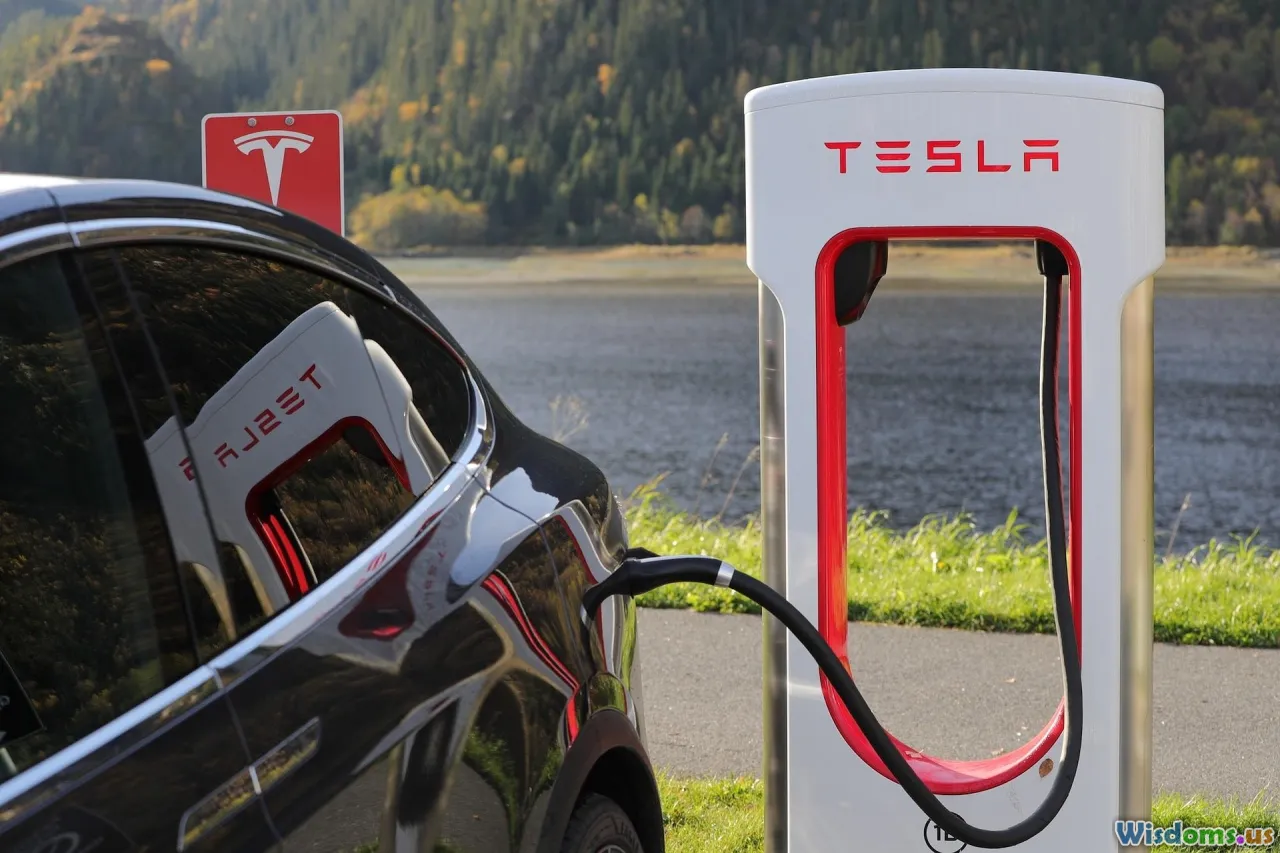
You might have enough battery tech under the hood—but the true test for long-distance readiness lies in the availability and speed of charging.
Public Charging Network Growth
As of 2024, the U.S. boasts over 160,000 public charging stations, a fourfold increase since 2017. Europe, China, and Japan are also rapidly expanding their networks. Highways now sport an array of Level 2 (AC) and increasingly, DC Fast Chargers (DCFC), drastically reducing recharge times.
Example Networks
- Tesla Supercharger: Over 50,000 high-speed chargers globally; exclusive to Tesla for years, but recently opened to non-Tesla vehicles in the U.S. and Europe.
- Electrify America: The most comprehensive non-proprietary fast-charging network in the U.S., with over 800 stations.
- IONITY (EU): Joint venture offering 350-kW ultra-fast charging across Europe.
Fast Charging—and Its Caveats
New ultra-fast chargers can replenish ~200 miles in as little as 15-20 minutes (case in point: Hyundai IONIQ 5, Kia EV6), rivaling the speed of a motorway coffee break. However, these speeds are not universal. Some older EVs, or those with limited 400-volt architecture, charge more slowly; charging can also slow down in extreme weather or as batteries age.
Planning Tools and Apps
Today’s long-trip EV drivers rely heavily on apps like A Better Routeplanner (ABRP), PlugShare, and manufacturer-built navigation (Tesla, Polestar) which factor in real-time charger status, wait times, and detours.
Example: Coast-to-Coast in a Week
In early 2024, a family drove from New York to San Diego in a Ford Mustang Mach-E, using non-Tesla networks. Their only significant delays involved rural charging gaps—showing that diligent planning, and a pinch of patience, are still prudent, but range anxiety is no longer the omnipresent specter it once was.
Range Limitations and Seasonal Impacts: The Real-World Variables

While headline range figures are encouraging, real-world travel introduces notable caveats.
Seasonal Temperature Effects
Batteries, like people, aren’t fond of temperature extremes. Cold weather can sap as much as 40% of rated range; onboard heaters devour precious charge for both the battery and passengers. The Norwegian Automobile Federation, testing popular EVs at -6°C (21°F), found real-world range averaged 20-35% lower than approved figures.
Summer road trips aren’t scot-free either: prolonged high-speed driving, loaded vehicles, or steep mountain passes can further trim range. Automakers now incorporate heat pumps and subframe insulation to lessen these effects, with cars like the Hyundai IONIQ 5 and Tesla Model Y performing admirably in harsh Nordic winters.
Payload and Terrain
Much like their gasoline cousins, EVs laden with gear, bicycles, roof racks, or family members will see diminished range—sometimes by 5-15%. Mountain grades magnify demand on motors, but regenerative braking on descents helps recoup losses, sometimes resulting in net gains over hilly routes.
Charging Time vs. Refueling: Has Patience Become a Virtue?
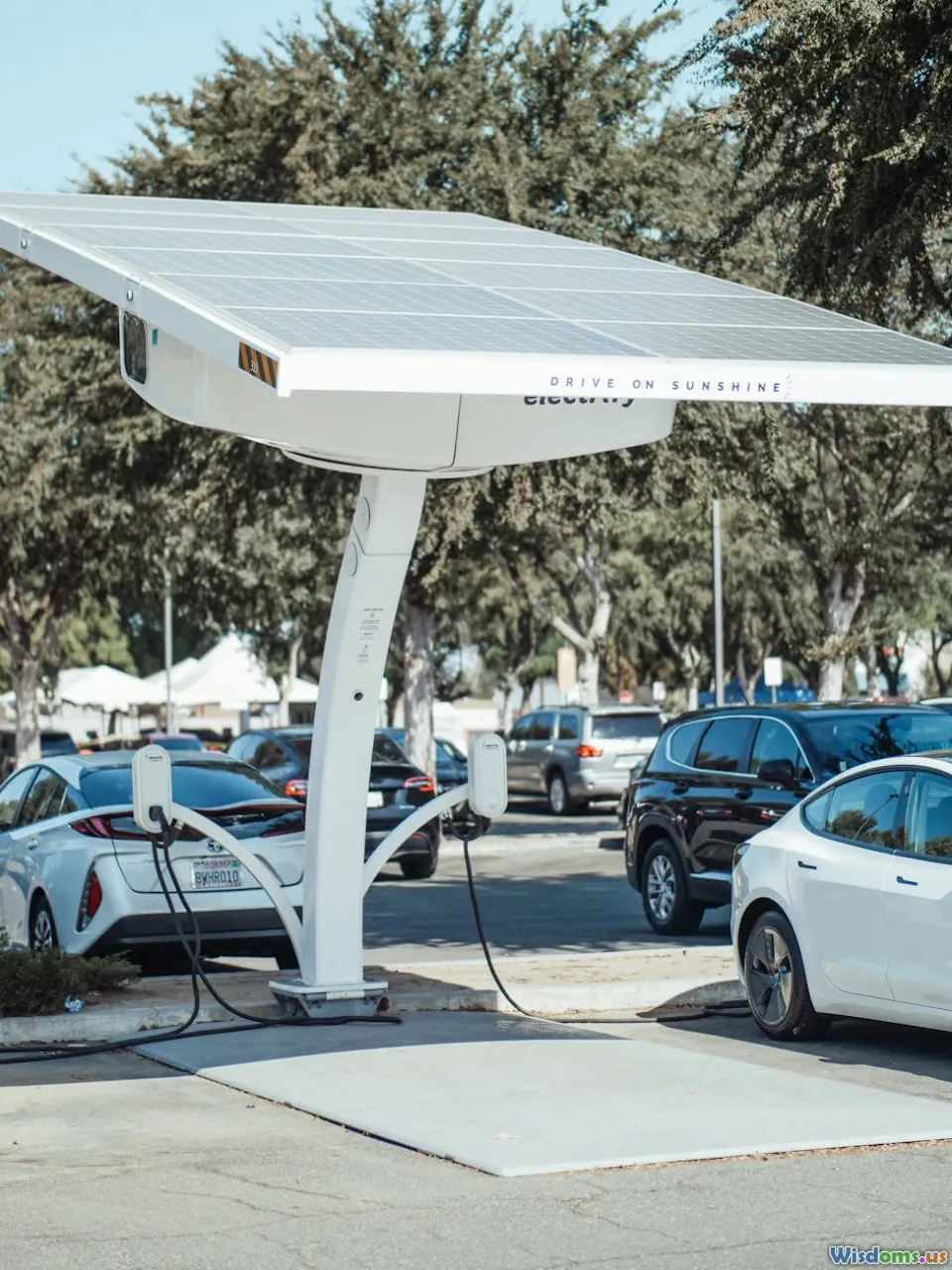
A cross-country detour or scenic route means frequent stops. How do charging stops compare with fuel fill-ups?
Anatomy of a Charging Stop
At a DC fast charger (150kW+), EVs can gain an 80% charge in 15-40 minutes; the final 20% charges at a reduced rate to prolong battery health. For most long-distance journeys, drivers plan for 2-3 stops across a full day's drive—effectively mapped to meal and rest breaks.
Efficiency Tip
The "sweet spot" for time efficiency is recharging from 10% to ~80%, maximizing high-speed charging throughput. Apps assist in timing stops based on driving habits, traffic, and terrain.
Gasoline’s Inertia
While a traditional fill-up can take under 10 minutes, survey data (e.g., AAA) shows most drivers already stop every 2-3 hours on long trips for food, rest, or bathroom breaks—blunting the perception that every charging stop is an onerous task.
Hybrid Approach
Plug-in hybrids (PHEVs), like the Toyota RAV4 Prime or BMW 530e, offer a valuable interim solution: local emissions-free driving, gasoline backup for road trips, and ultra-fast pumping on remote highways. For some, they still provide optimum flexibility pending stronger fast-charge coverage.
The Cost Equation: Saving—and Spending—on the Road

A big draw of long-haul EV travel is the promise of savings at the plug versus the pump. The situation, however, is nuanced.
Comparing Costs by Distance
- Home charging is cheapest: the U.S. national average is around $0.13/kWh, making a full 300-mile recharge $9–12 (vs. $35–60 for gas at 25mpg).
- Public DC fast charging: often $0.30–0.60/kWh, potentially doubling or tripling the electricity bill. A coast-to-coast driver can expect fuel savings shrink substantially on such networks.
- Destination charging (hotels, restaurants): many offer complimentary top-ups for guests, subtly improving the travel economics.
Additional Perks or Pitfalls
Some automakers—including Lucid, Rivian, and Hyundai—dangle a period of free or discounted DC fast charging for buyers, sweetening those big trips. Pricing systems are, however, often complex (per kWh, per minute, or even by vehicle maximum power ability), so trip cost calculators and careful route research pay off handsomely.
Comfort, Quiet, and Performance: A New Kind of Journey

One advantage that's often overlooked in range-and-charging debates: long-distance EV travel is quieter, smoother, and less fatiguing compared to combustion rivals.
The Silence of the Highway
EVs deliver class-leading noise, vibration, and harshness (NVH) metrics thanks to silent motors, the absence of gear shifting, and optimized sound insulation. Road trips become more restful, with passengers enjoying conversations or streaming audio with unprecedented clarity.
Driver Assistance and Navigation
Most modern EVs, especially at the premium end, sport advanced Adaptive Cruise Control, Lane Keeping Assist, and detailed charger-aware navigation. Navigators adjust routes on-the-fly based on range estimates and real-time station occupancy—a far cry from the AAA paper map era.
Performance at Altitude or Overtaking
Instant torque from zero rpm makes mountain ascents brisk and safe. Cars like the Porsche Taycan and Tesla Model S can repeatedly accelerate with authority, regardless of altitude, without overheating—a boon in mountainous states or when passing slower traffic.
Road Trip Realities: Stories and Survival Tips
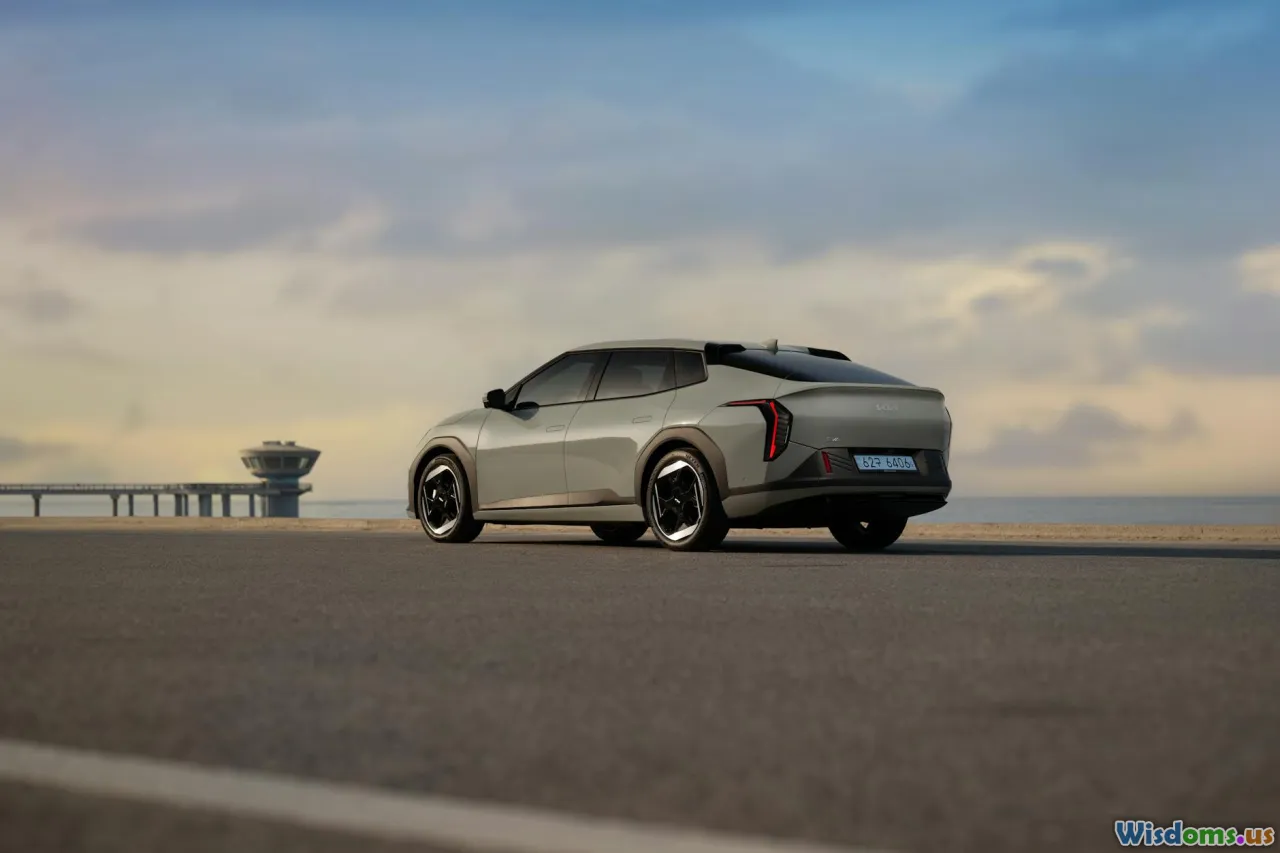
How does all this tech translate into day-to-day touring joy—or frustration?
Real Driver Experiences
- The "Route 66 Rivian Rally": Multiple Rivian R1T owners completed Chicago-to-LA trips, encountering rapid charging both at truck stops and inviting small-town stations. Enthusiast forums now abound with cross-country logs, comparing routes and ride quality.
- Family Vacation by Mustang Mach-E: One family documented weekly summer trips spanning 1500 miles, reporting only minor delays at peak chargers and discovering new favorite diners during charging stops.
- Tesla Owners Club: The sheer scale of the Supercharger network often allows spontaneous detours (e.g., exploring Route 1 in California, or Pennsylvania's Amish country) unavailable to early adopters—testifying to an accelerating trend toward "range peace-of-mind."
Pro Tips for Electric Road Warriors
- Start charged, precondition the battery before departure (most EV apps allow timed climate/battery prep).
- Use combination stations in rural or less-developed areas (e.g., fast charger + L2 backup at hotels).
- Identify high-occupancy or busy chargers (apps report real-time availability to minimize waits).
- Keep the trunk loaded with long charging cables, adapters, a backup portable charger, and even basic snacks/water for isolated stops.
The Road Ahead: Beyond "Good Enough?"
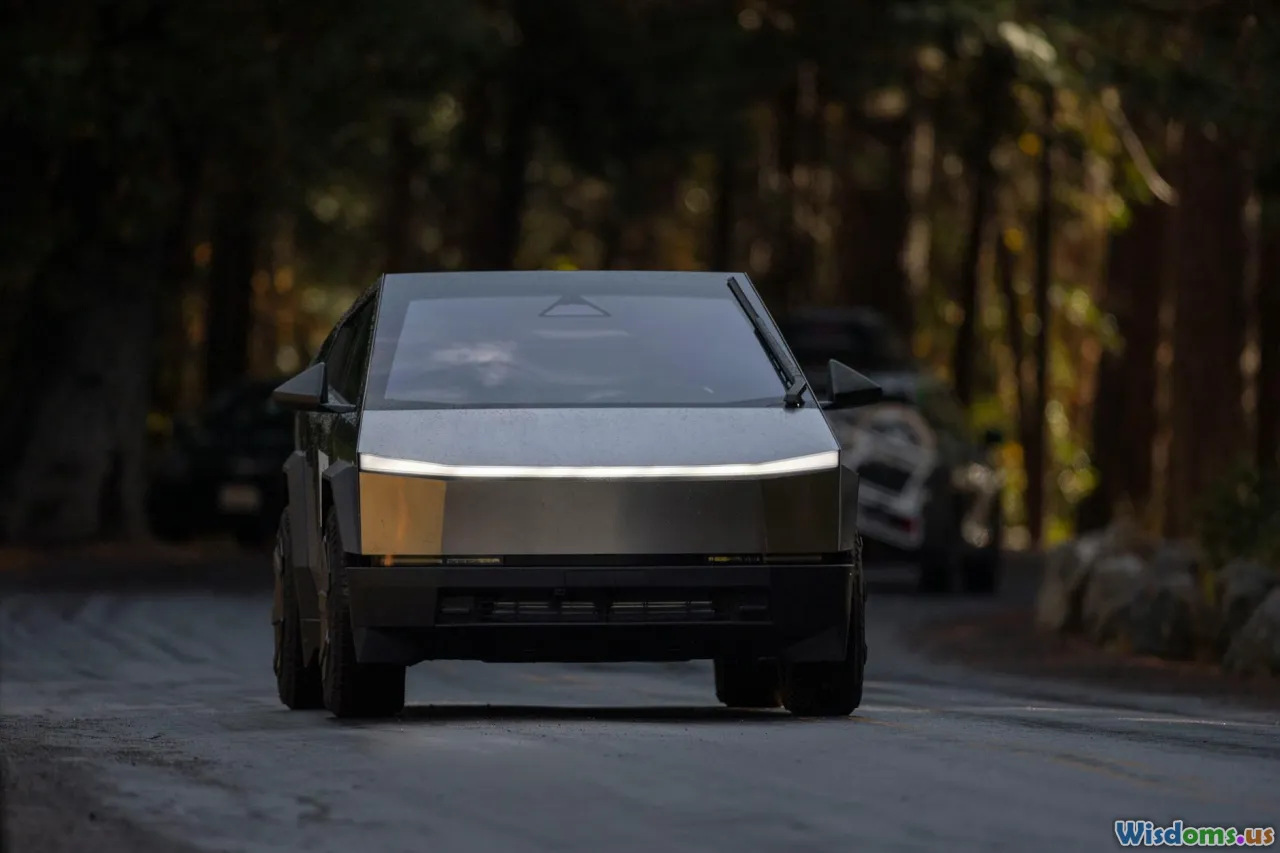
Are electric powertrains perfectly suited to every form of long-distance adventure? Not quite. Highway intrepidness is now firmly within the scope of today’s best EVs—especially for those in well-networked countries or traveling main transportation arteries. High range, rapid charging growth, and a thriving ecosystem of mapping tools have tilted the scales firmly in favor of the electrified explorer.
Yet, gaps persist. Rural routes within the American West, or sparsely populated Canadian provinces, still demand proactive planning and, at times, patience. At the same time, regulatory support—from government-funding for charger buildout to strict interoperability and transparent pricing regulations—will prove essential in smoothing out the remaining wrinkles.
One thing is clear: electric powertrains have barreled through the barriers that once made long-distance journeys seem perilous. For an ever-growing number of drivers, the open highway is no longer the domain of diesel and petrol alone—but a proving ground where electrons rule, turning the art of road tripping into the smoothest, and, perhaps, the most enjoyable drive of our age.
Rate the Post
User Reviews
Popular Posts












